Home>Gardening & Outdoor>Landscaping Ideas>How To Dry Grass Quickly After Rain
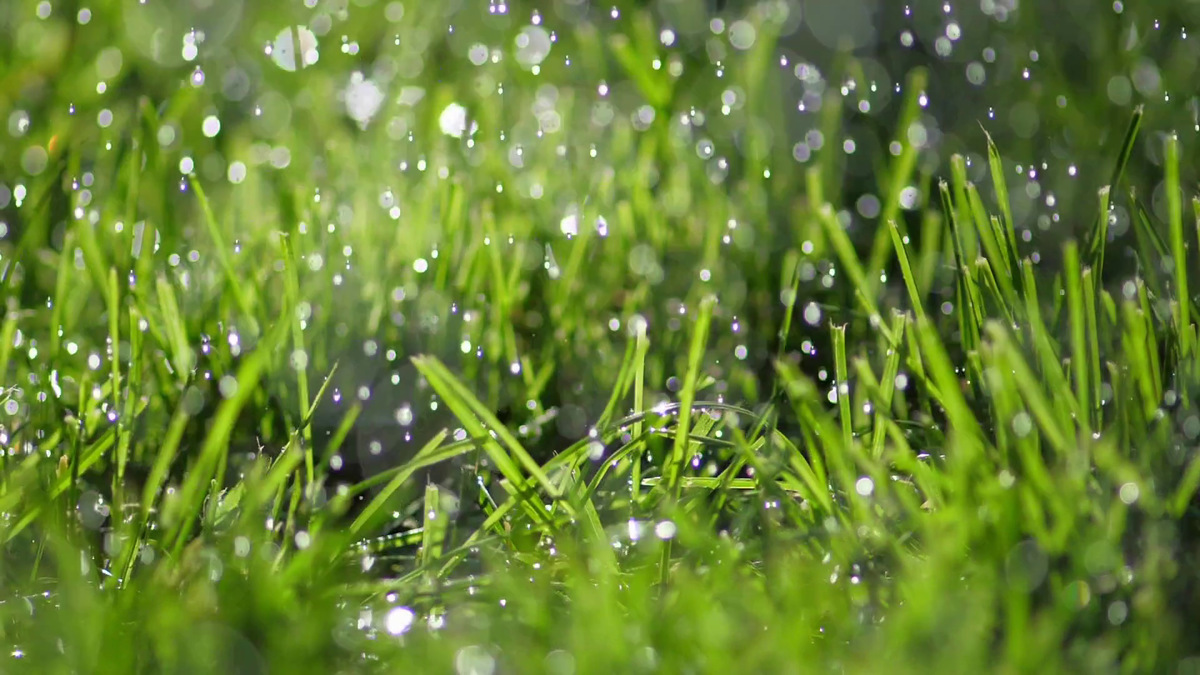

Landscaping Ideas
How To Dry Grass Quickly After Rain
Modified: May 6, 2024
Learn effective landscaping ideas for drying grass quickly after rain. Discover expert tips to maintain a healthy lawn with minimal effort.
(Many of the links in this article redirect to a specific reviewed product. Your purchase of these products through affiliate links helps to generate commission for Storables.com, at no extra cost. Learn more)
Introduction
Landscaping enthusiasts and homeowners alike understand the frustration that comes with a sudden downpour right after mowing the lawn. The sight of freshly cut grass drenched in rainwater can be disheartening, as it not only hinders further lawn maintenance but also poses potential risks to the health of the grass. However, all hope is not lost, as there are effective methods for drying grass quickly after rain. In this comprehensive guide, we will delve into the significance of promptly drying grass and explore various techniques to expedite the process. Whether you're a gardening aficionado or simply seeking practical solutions for maintaining a pristine lawn, the following insights will equip you with the knowledge to tackle this common predicament with confidence.
Key Takeaways:
- Don’t let rain ruin your lawn! Drying grass quickly after a downpour is crucial to prevent diseases, pests, and damage. Use sunlight, fans, or absorbent materials to restore your lawn’s health and vibrancy.
- Sunlight is your lawn’s best friend! Let the sun do its magic to dry wet grass naturally. If needed, use fans or absorbent materials to speed up the process and keep your lawn healthy and green.
Understanding the Importance of Drying Grass Quickly
Ensuring that grass dries promptly after a bout of rain is crucial for several reasons. Firstly, prolonged exposure to excessive moisture can lead to the development of fungal diseases, such as powdery mildew and brown patch, which thrive in damp conditions. These ailments not only compromise the aesthetic appeal of the lawn but can also impede the grass’s overall health and vitality.
Moreover, saturated grass is more susceptible to damage from foot traffic or lawn maintenance equipment. The added weight and compaction resulting from these activities can harm the grass’s delicate blades and underlying root system, impeding its growth and regenerative capabilities.
Furthermore, allowing grass to remain wet for extended periods can create an environment conducive to the proliferation of pests and unwanted critters. Insects and other organisms are attracted to moist environments, posing a threat to the grass’s well-being and potentially necessitating pest control measures.
Additionally, the accumulation of water on the grass’s surface can hinder photosynthesis and nutrient absorption, hindering its ability to thrive. By expediting the drying process, you can help the grass resume its essential biological functions and maintain its lush green appearance.
Understanding the significance of drying grass quickly underscores the importance of employing effective methods to expedite the process. By doing so, you can safeguard your lawn from potential damage and promote its long-term health and vibrancy.
Methods for Drying Grass After Rain
When faced with the challenge of drying grass after a rain shower, it’s essential to explore various methods to expedite the process. By leveraging practical techniques, you can effectively mitigate the adverse effects of prolonged moisture and restore your lawn to its optimal state. Here are several proven methods for drying grass after rain:
- Using Sunlight to Dry Grass: Harnessing the power of sunlight is one of the most natural and efficient ways to dry grass after rainfall. Sunlight aids in evaporation, effectively drawing moisture from the grass blades and soil. To maximize sun exposure, refrain from mowing the wet grass, as this can compact the soil and impede the evaporation process. Instead, allow the grass to air dry, taking advantage of sunny weather to expedite the drying process.
- Using Fans or Blowers to Dry Grass: In situations where sunlight alone may not suffice, employing fans or blowers can significantly accelerate the drying of grass. Positioning these devices strategically to facilitate air circulation can expedite evaporation and help restore the grass to a dry, manageable state. This method is particularly useful for larger lawn areas or instances where natural drying is impeded by factors such as overcast skies or high humidity.
- Using Absorbent Materials to Dry Grass: Utilizing absorbent materials, such as towels or blankets, can aid in removing excess moisture from the grass. Gently pressing these materials onto the wet grass surface can help absorb water, expediting the drying process. However, it’s important to exercise caution to avoid damaging the grass during this process, particularly when dealing with delicate or freshly seeded areas.
By incorporating these methods into your lawn care routine, you can effectively expedite the drying of grass after rain, mitigating the potential risks associated with prolonged moisture and safeguarding the health and appearance of your lawn.
Using Sunlight to Dry Grass
Harnessing the natural energy of sunlight is a highly effective and environmentally friendly method for drying grass after rain. Sunlight facilitates the evaporation of moisture from the grass blades and soil, aiding in the restoration of optimal lawn conditions. Here are some practical tips for utilizing sunlight to expedite the drying process:
- Maximizing Sun Exposure: After a rain shower, assess the weather forecast to identify periods of anticipated sunlight. Once the sun emerges, refrain from mowing the wet grass, as this can impede the evaporation process and compact the soil. Instead, allow the grass to air dry naturally, positioning it for maximum sun exposure.
- Enhancing Air Circulation: If feasible, gently rake the wet grass to promote air circulation and expose a larger surface area to sunlight. This can expedite the drying process by facilitating the evaporation of moisture from the grass and soil, helping restore the lawn to a dry, manageable state.
- Monitoring Progress: Regularly monitor the drying progress, paying attention to areas that may require additional time or attention. Taking note of any lingering moisture pockets and addressing them promptly can help ensure comprehensive drying and prevent potential issues associated with prolonged dampness.
By leveraging the natural benefits of sunlight, you can effectively expedite the drying of grass after rain, fostering optimal lawn conditions and mitigating the risks associated with prolonged moisture. This method not only promotes the health and vitality of the grass but also aligns with sustainable lawn care practices, making it a favorable choice for environmentally conscious homeowners and gardening enthusiasts.
To dry grass quickly after rain, use a leaf blower or rake to remove excess water. Then, spread a thin layer of sand or soil over the wet areas to absorb moisture and speed up the drying process.
Using Fans or Blowers to Dry Grass
When natural drying methods may not suffice, employing fans or blowers can significantly expedite the drying of grass after a rain shower. These devices facilitate air circulation, accelerating the evaporation of moisture from the grass and soil, thereby restoring the lawn to a dry, manageable state. Here are practical insights for utilizing fans or blowers to expedite the drying process:
- Strategic Placement: Position fans or blowers strategically to optimize air circulation across the wet grass surface. This can help expedite evaporation and promote comprehensive drying, particularly in areas where natural airflow may be limited.
- Adjusting Speed and Direction: Tailor the speed and direction of the fans or blowers to suit the specific drying requirements of the lawn. Experiment with different settings to achieve optimal results, ensuring thorough moisture evaporation without causing damage to the grass.
- Monitoring Progress: Regularly assess the drying progress and adjust the positioning of fans or blowers as needed to address areas that require additional attention. This proactive approach can help expedite the overall drying process and prevent potential issues associated with prolonged moisture.
By incorporating fans or blowers into your lawn care regimen, you can effectively expedite the drying of grass after rain, mitigating the potential risks associated with prolonged moisture. This method is particularly valuable for larger lawn areas or instances where natural drying may be impeded by factors such as overcast skies or high humidity. By leveraging these practical techniques, you can restore your lawn to optimal conditions and promote its long-term health and vibrancy.
Read more: How Long To Cut Grass After Rain
Using Absorbent Materials to Dry Grass
Employing absorbent materials is a practical and hands-on approach to expediting the drying of grass after a rain shower. These materials, such as towels or blankets, can aid in removing excess moisture from the grass surface, facilitating the restoration of optimal lawn conditions. Here are effective strategies for utilizing absorbent materials to expedite the drying process:
- Gentle Pressing: Carefully press absorbent materials onto the wet grass surface, allowing them to soak up the excess moisture. This method can aid in expediting the drying process, particularly in localized areas where moisture accumulation is more pronounced.
- Caution and Precision: Exercise caution to avoid damaging the grass during the drying process, especially when dealing with delicate or freshly seeded areas. Ensure that the pressure applied is gentle and evenly distributed to prevent any potential harm to the grass blades or underlying soil.
- Monitoring Progress: Regularly assess the effectiveness of the absorbent materials in removing moisture from the grass. Adjust the positioning and replacement of the materials as needed to address lingering moisture pockets and expedite comprehensive drying.
By incorporating absorbent materials into your lawn care routine, you can actively contribute to expediting the drying of grass after rain, mitigating the potential risks associated with prolonged moisture. This hands-on method allows for targeted moisture removal, helping restore the grass to a dry, manageable state. While employing absorbent materials requires precision and attentiveness, it can be a valuable addition to your arsenal of lawn care techniques, particularly in addressing localized areas of excessive moisture accumulation.
Conclusion
Effectively drying grass after rain is a fundamental aspect of maintaining a healthy and vibrant lawn. By understanding the significance of prompt drying and employing practical methods to expedite the process, homeowners and gardening enthusiasts can safeguard their grass from potential damage and promote its long-term well-being. Whether harnessing the natural benefits of sunlight, utilizing fans or blowers to facilitate air circulation, or employing absorbent materials for targeted moisture removal, there are various proven techniques to expedite the drying of grass after rainfall.
Each method offers unique advantages and can be tailored to suit specific lawn care requirements, empowering individuals to address the challenges posed by sudden rain showers and mitigate the risks associated with prolonged moisture. By integrating these techniques into their lawn care regimen, individuals can effectively restore their grass to optimal conditions and foster a resilient and lush lawn environment.
Furthermore, prioritizing the prompt drying of grass contributes to sustainable lawn care practices, aligning with efforts to promote environmental responsibility and preserve the health of the surrounding ecosystem. By leveraging these methods, homeowners can actively contribute to the well-being of their lawns while embracing eco-friendly approaches to lawn maintenance.
In conclusion, the comprehensive insights provided in this guide equip individuals with the knowledge and practical strategies necessary to expedite the drying of grass after rain. By implementing these techniques with care and attentiveness, homeowners and gardening enthusiasts can ensure the resilience and vitality of their lawns, transforming the aftermath of a rain shower into an opportunity for proactive lawn care and maintenance.
Eager to transform your outdoor space further? Don’t miss our guide on stylish and practical garden fence ideas. Whether you're looking to create a cozy retreat or secure your lush greenery, these designs offer both charm and functionality. Perfect for any homeowner aiming to elevate their landscape, this compilation provides inspiring options guaranteed to spruce up any yard. Dive into our resource for an array of fencing solutions that marry aesthetics with effectiveness.
Frequently Asked Questions about How To Dry Grass Quickly After Rain
Was this page helpful?
At Storables.com, we guarantee accurate and reliable information. Our content, validated by Expert Board Contributors, is crafted following stringent Editorial Policies. We're committed to providing you with well-researched, expert-backed insights for all your informational needs.
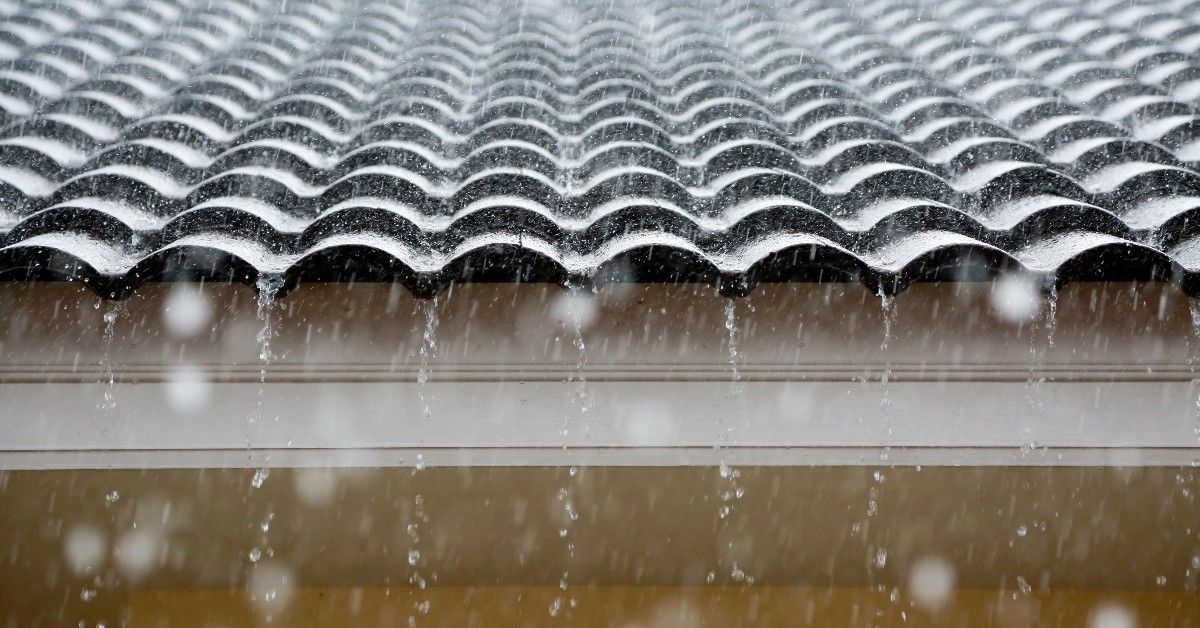
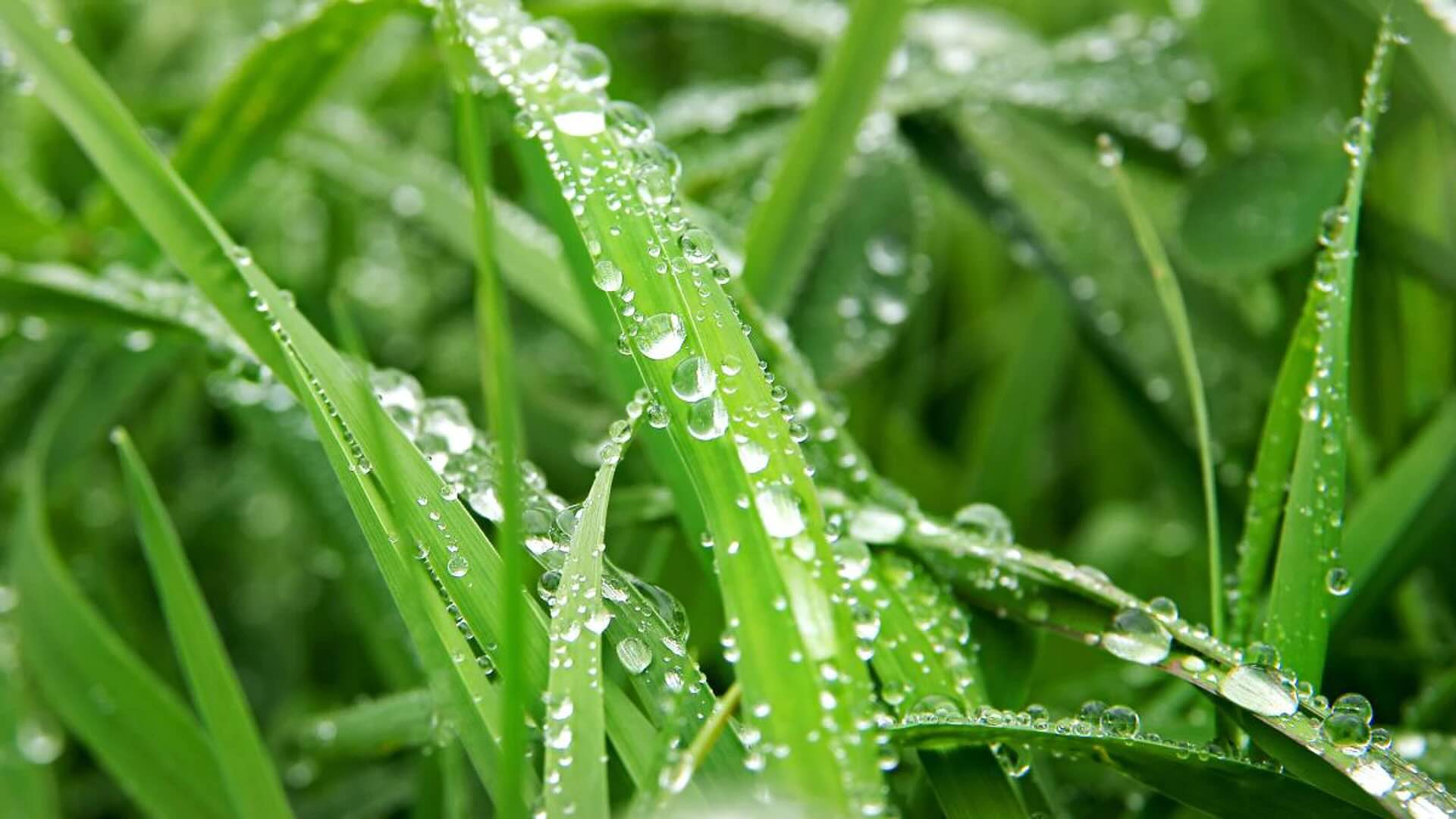
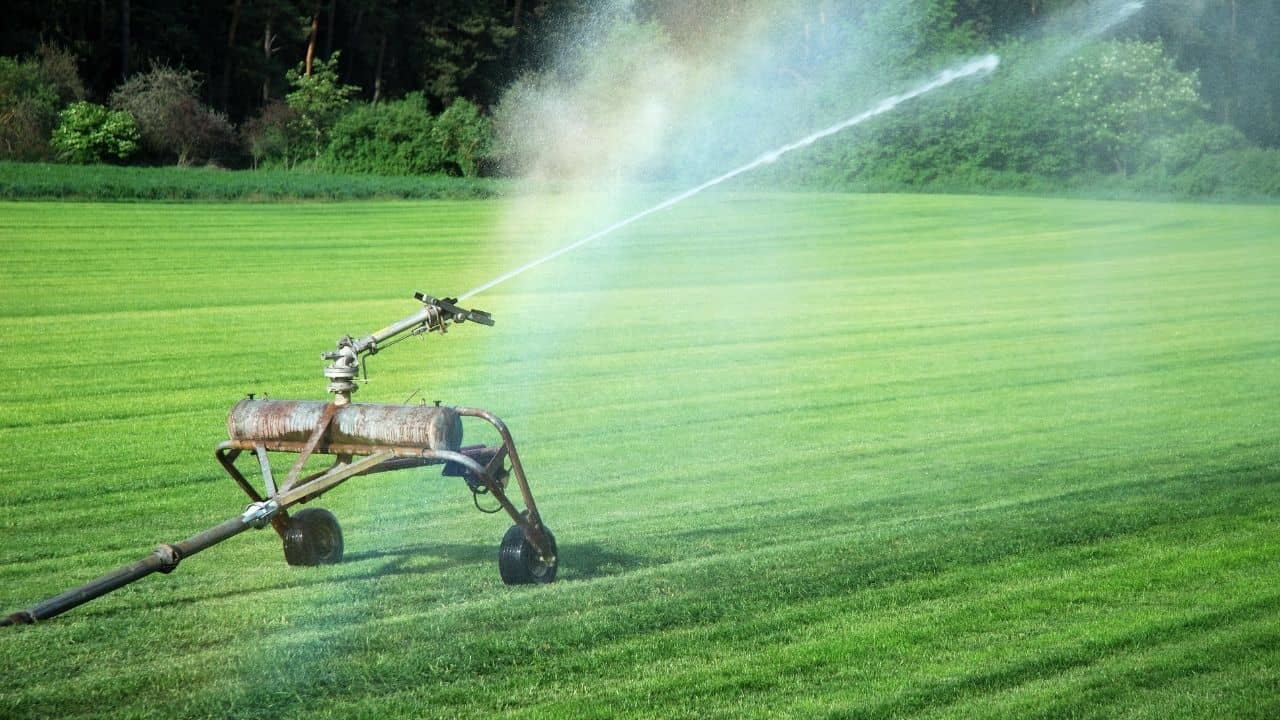
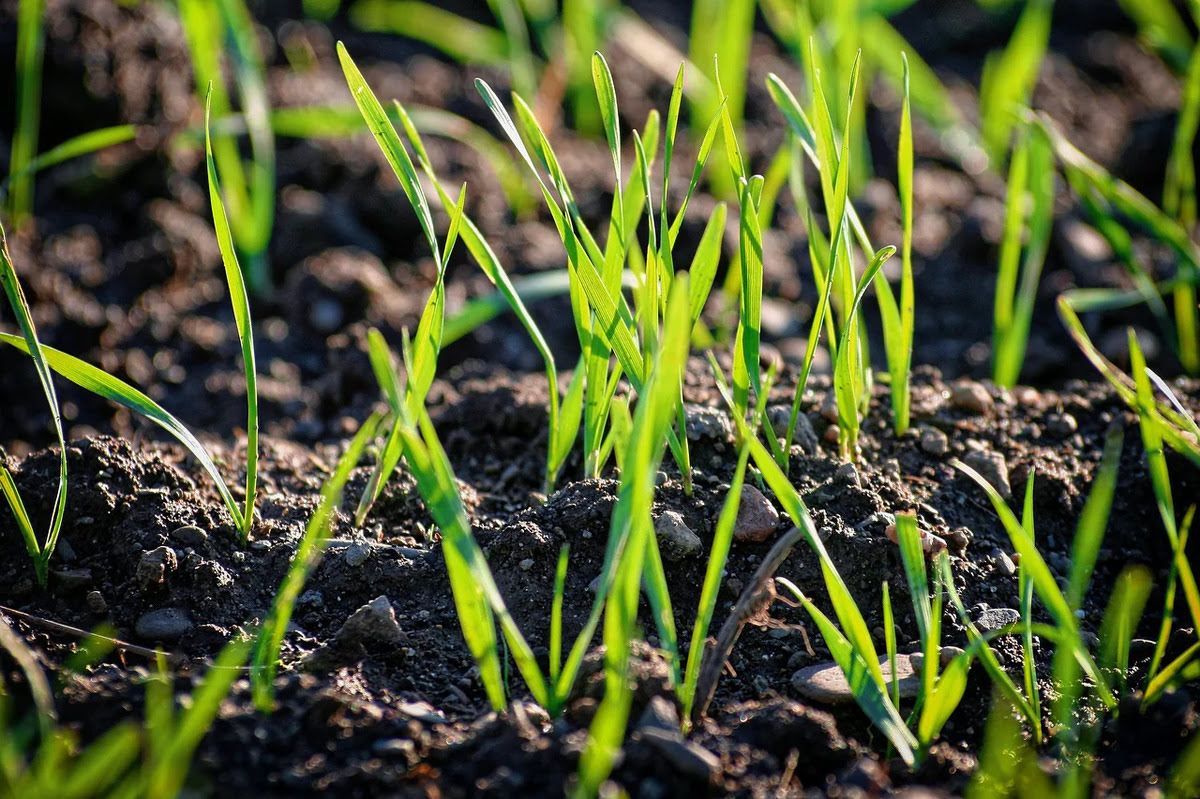
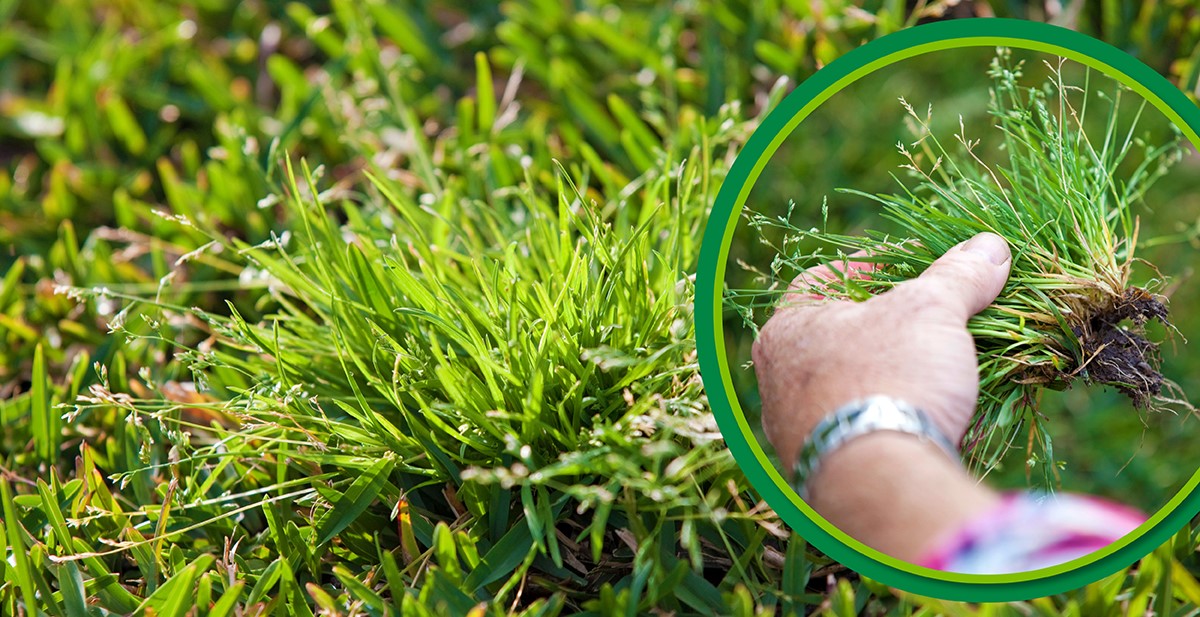
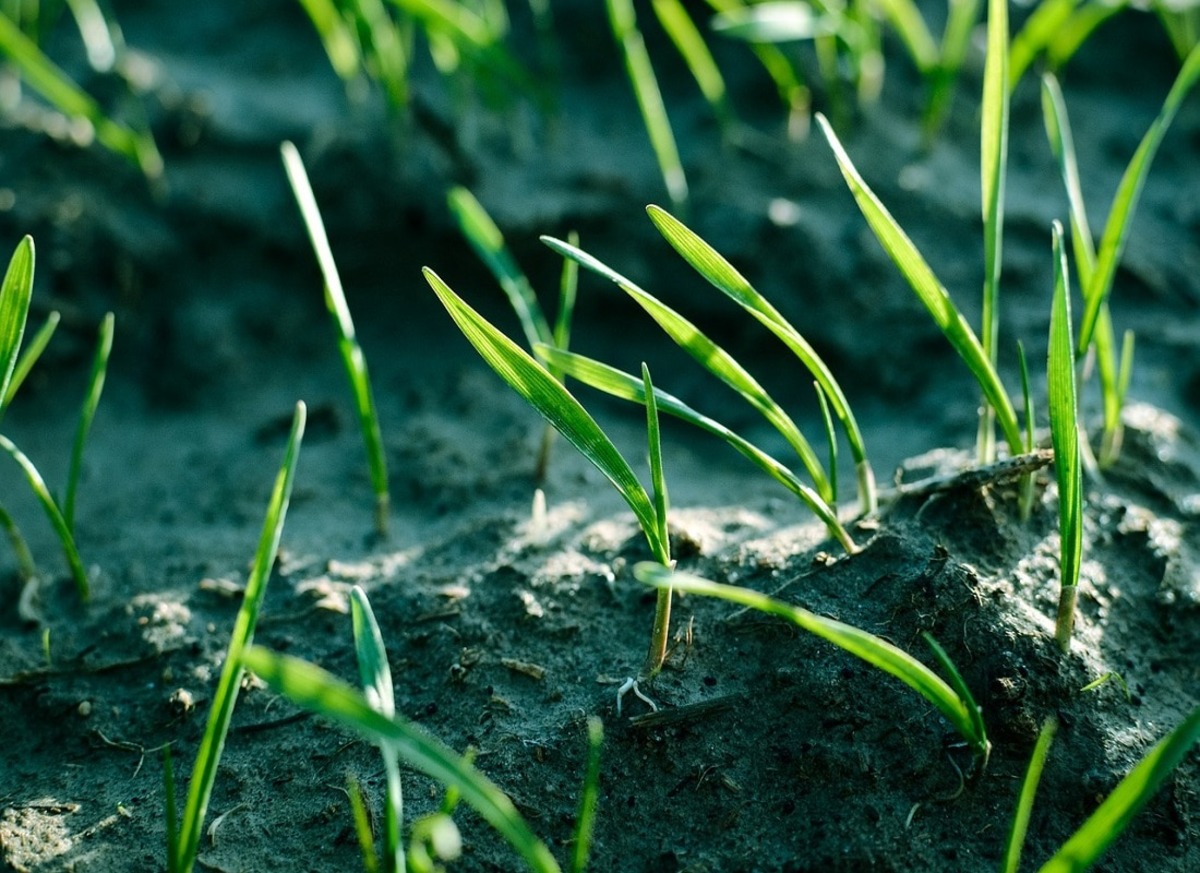
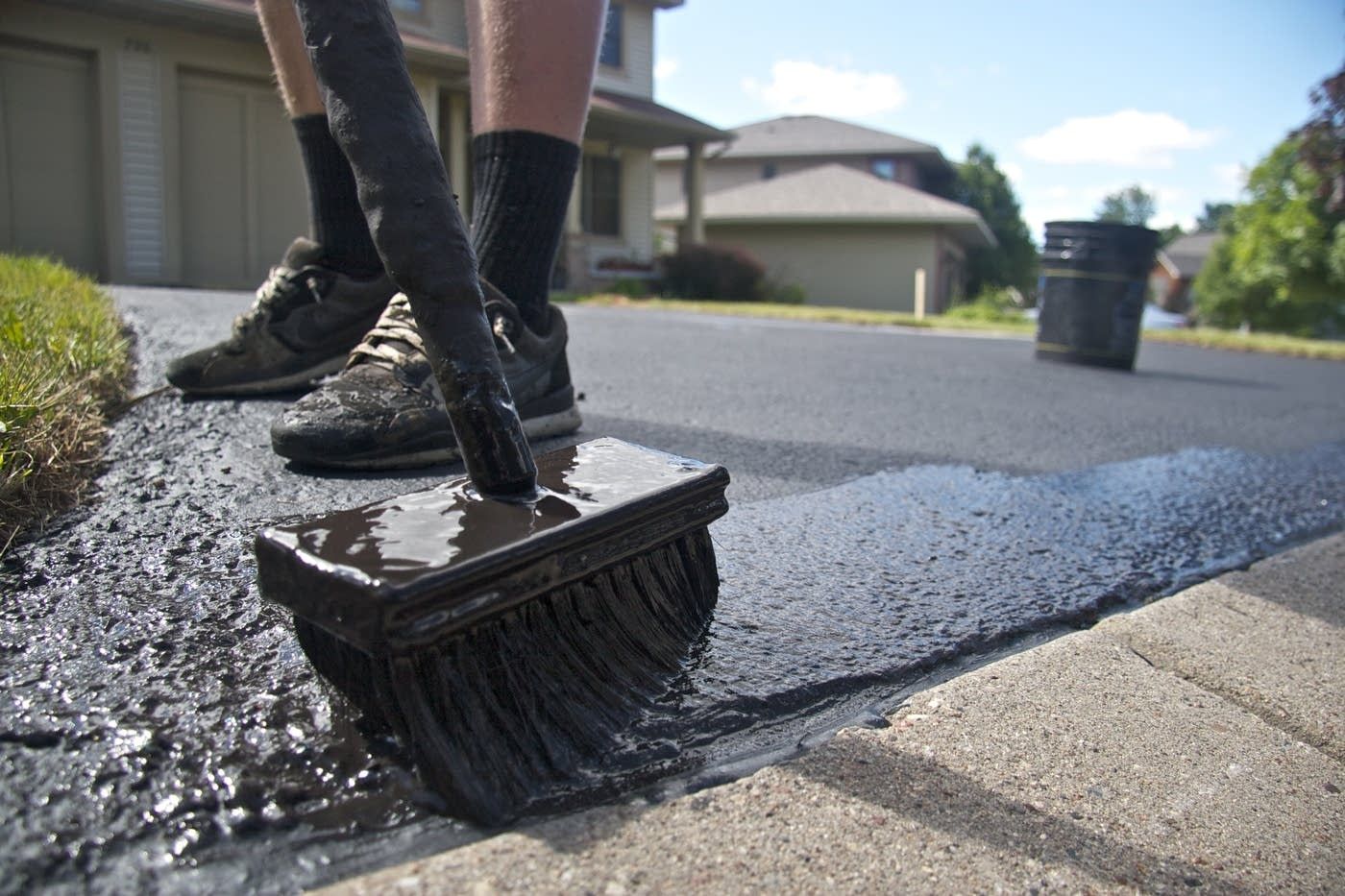
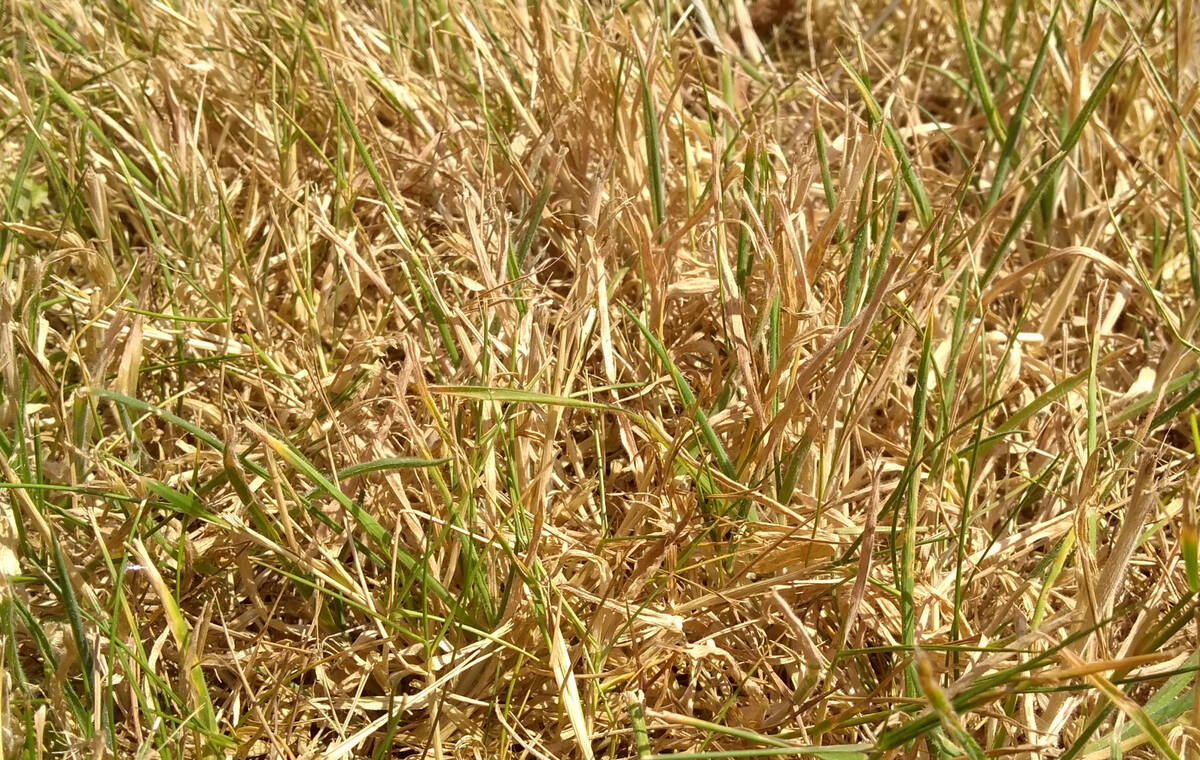


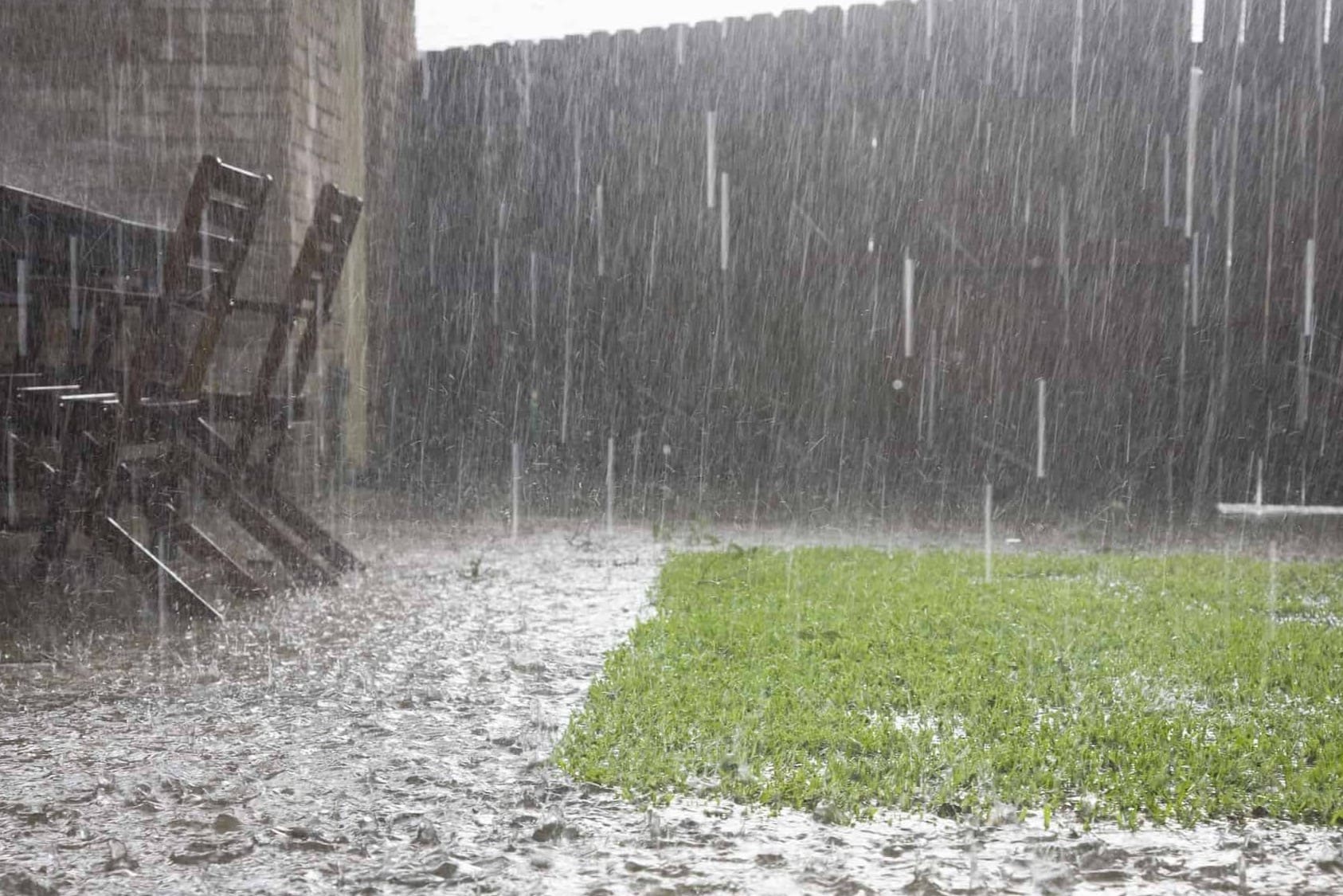

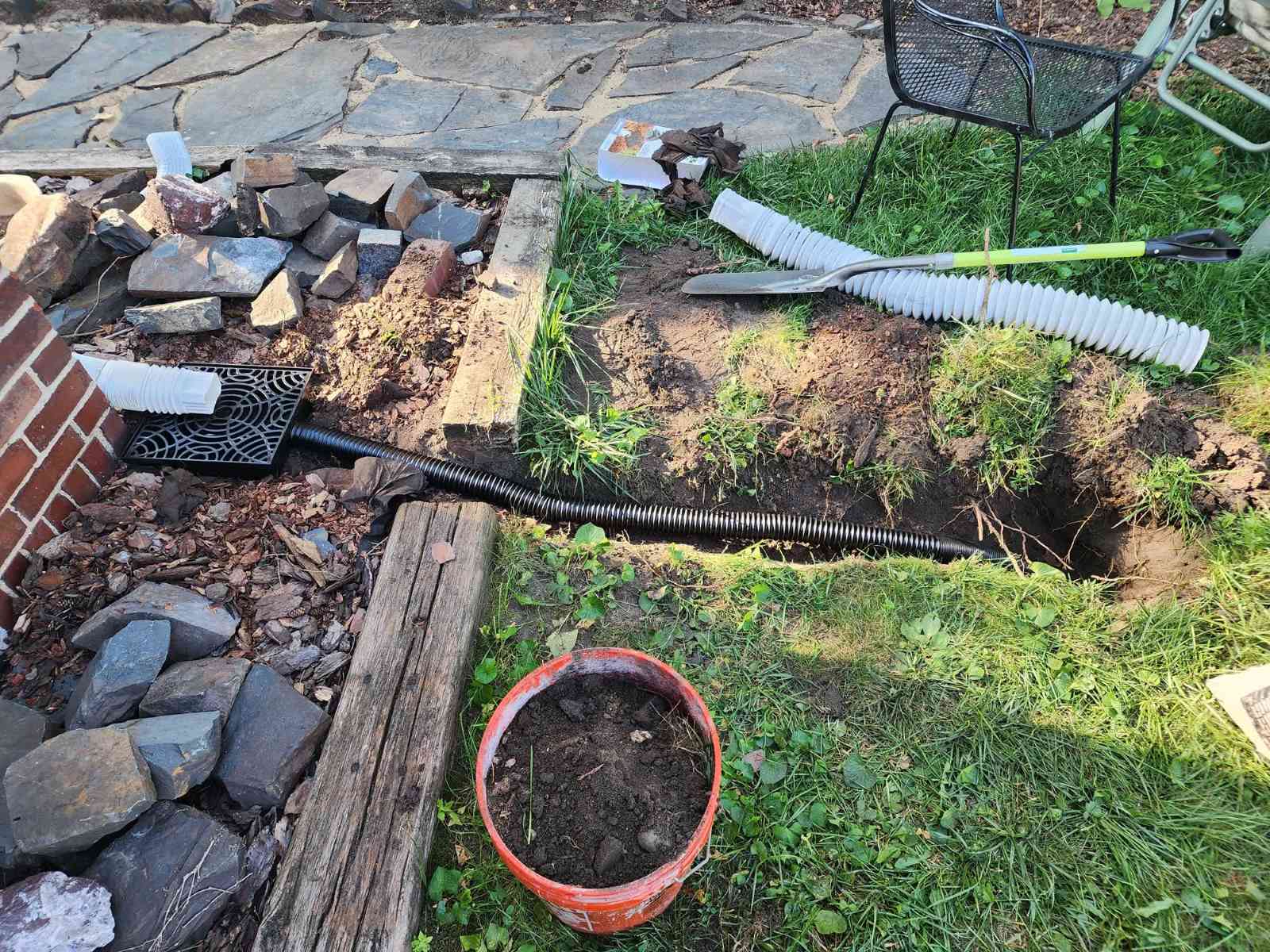


0 thoughts on “How To Dry Grass Quickly After Rain”